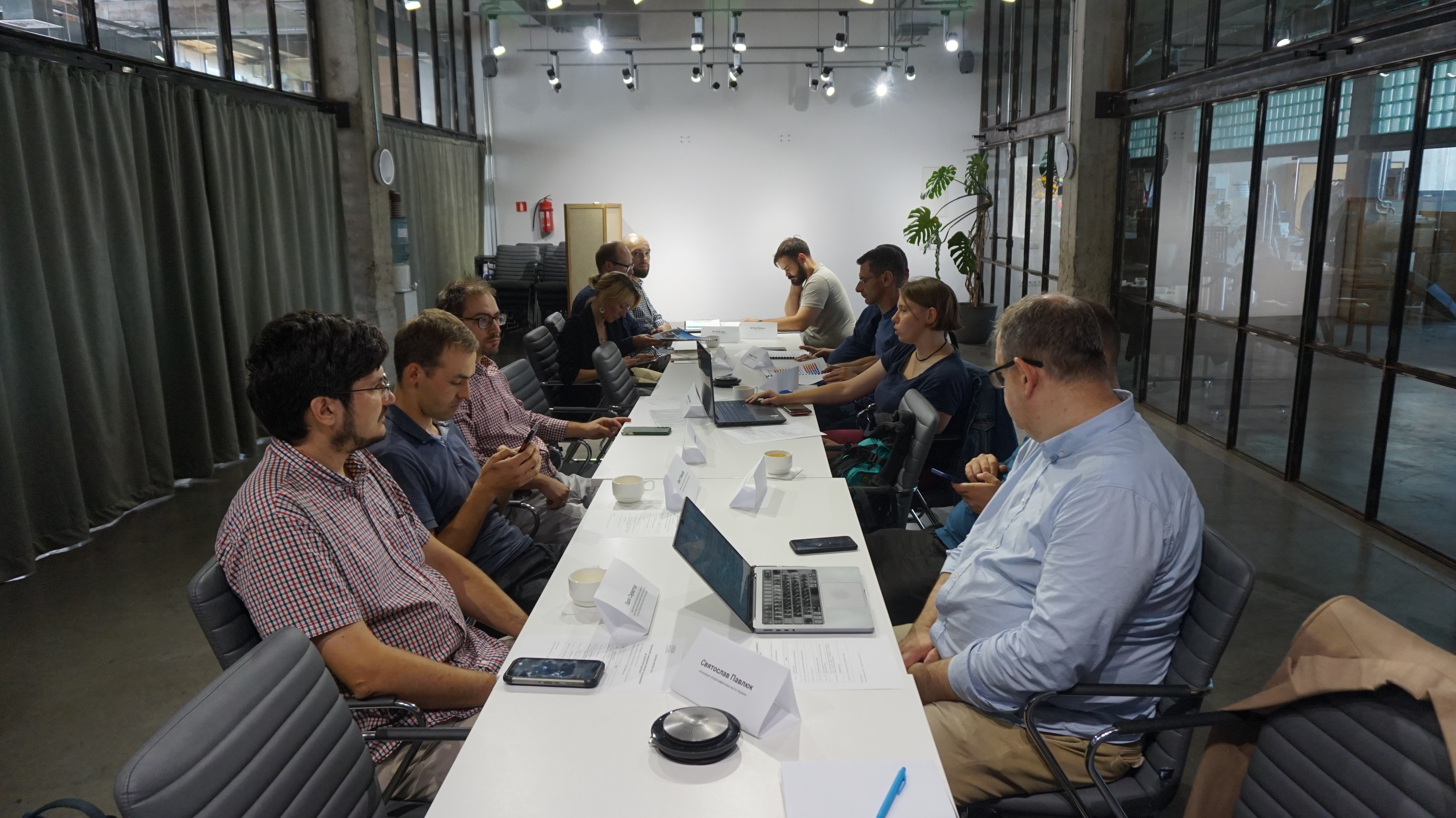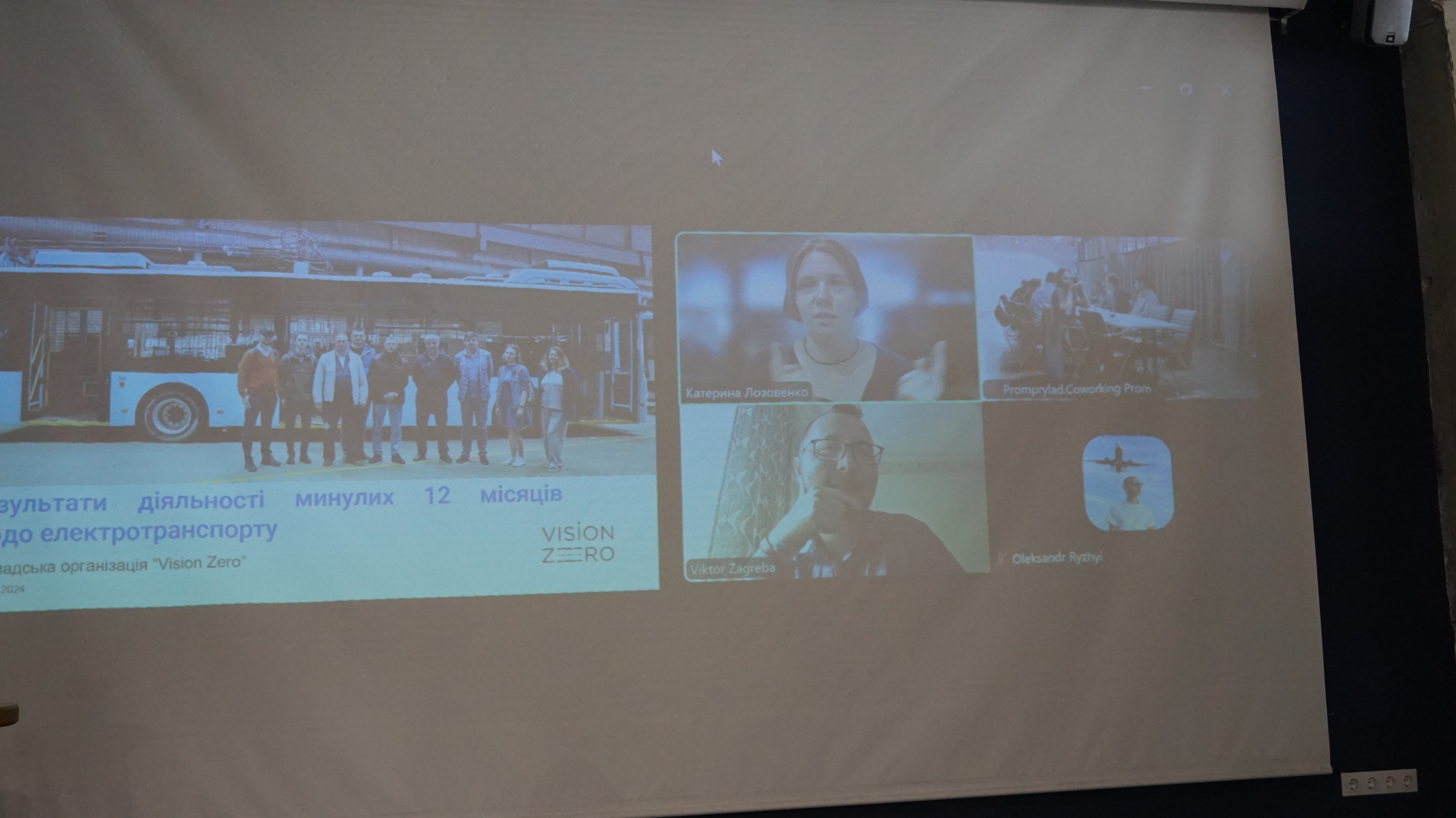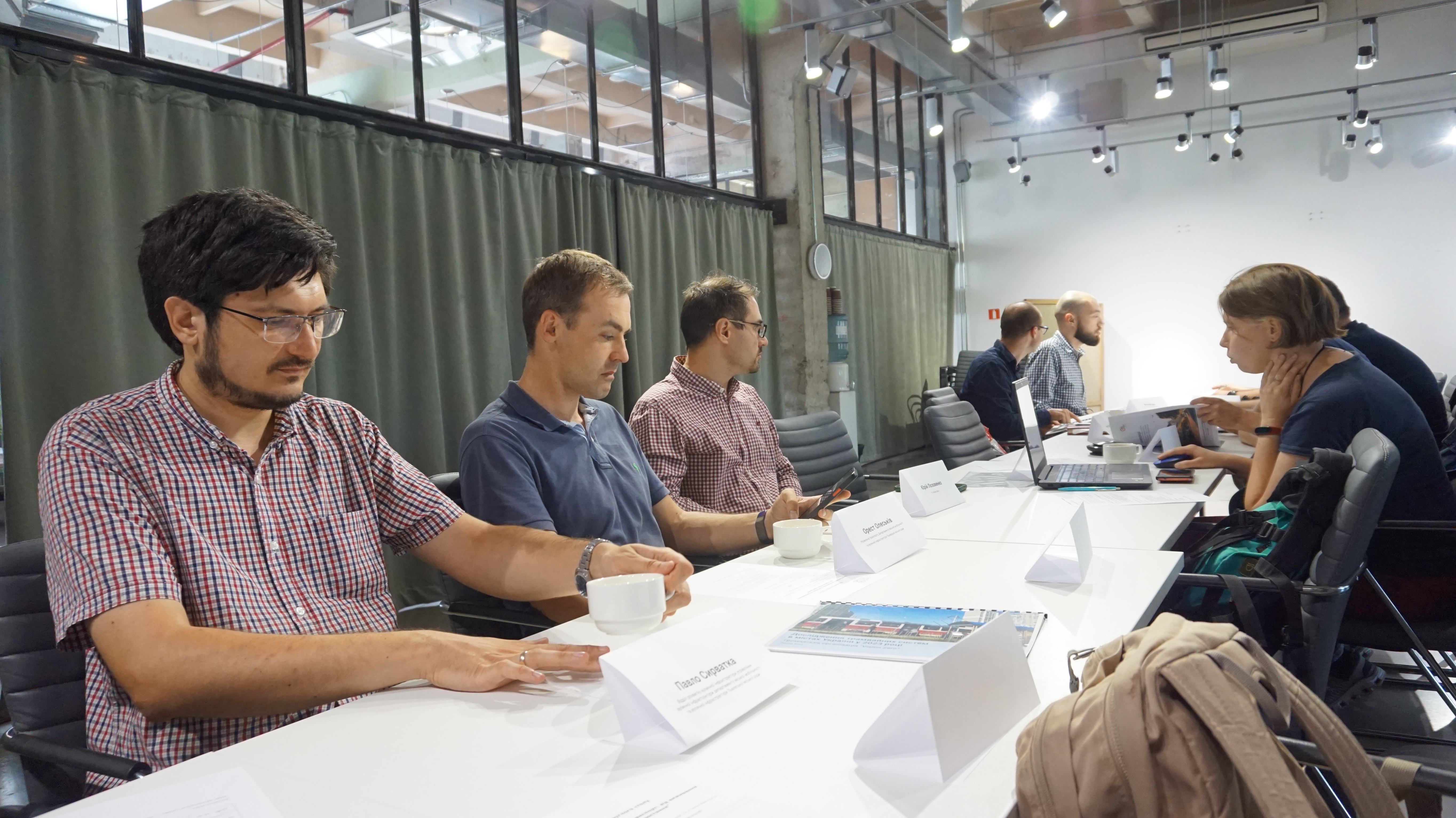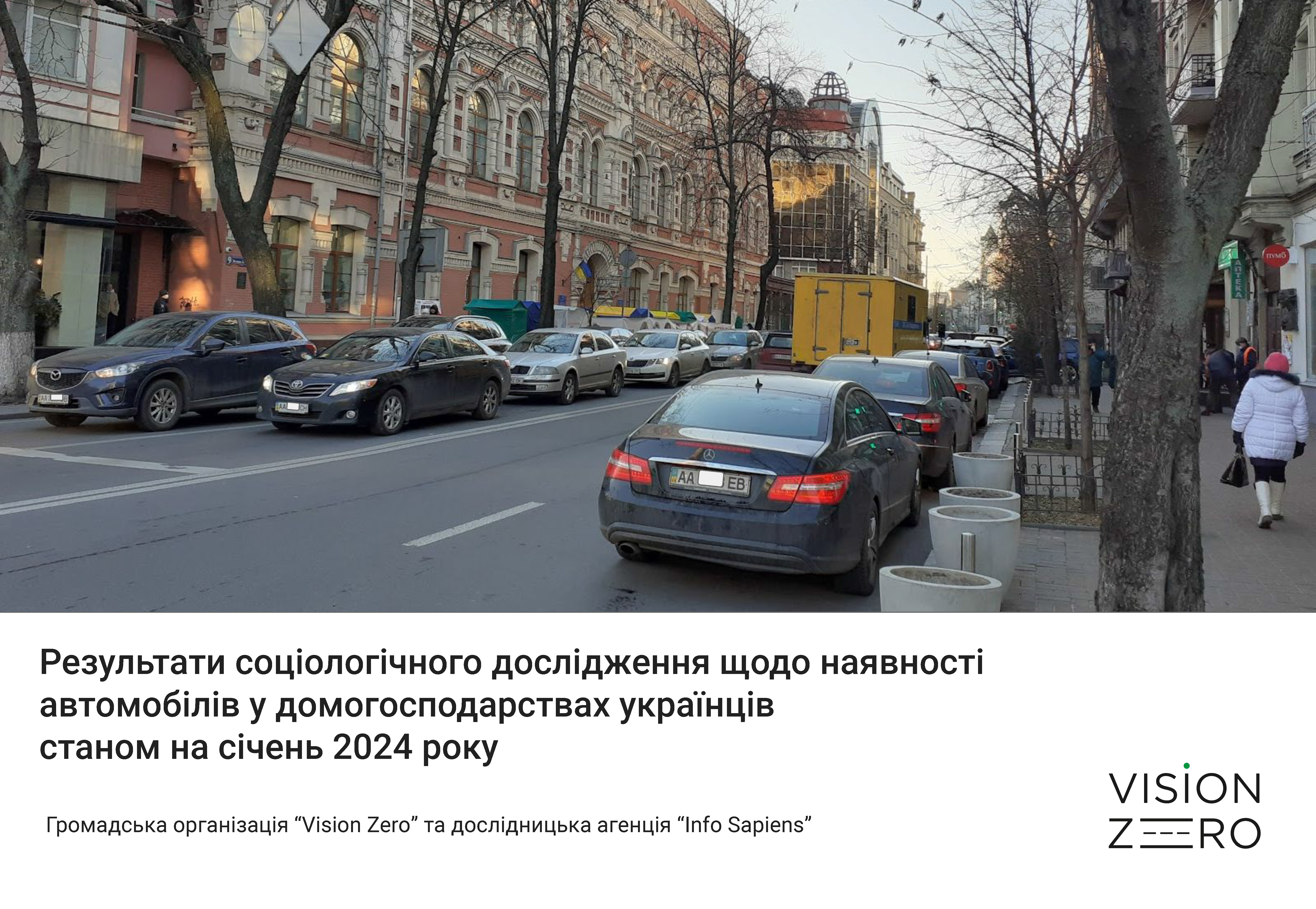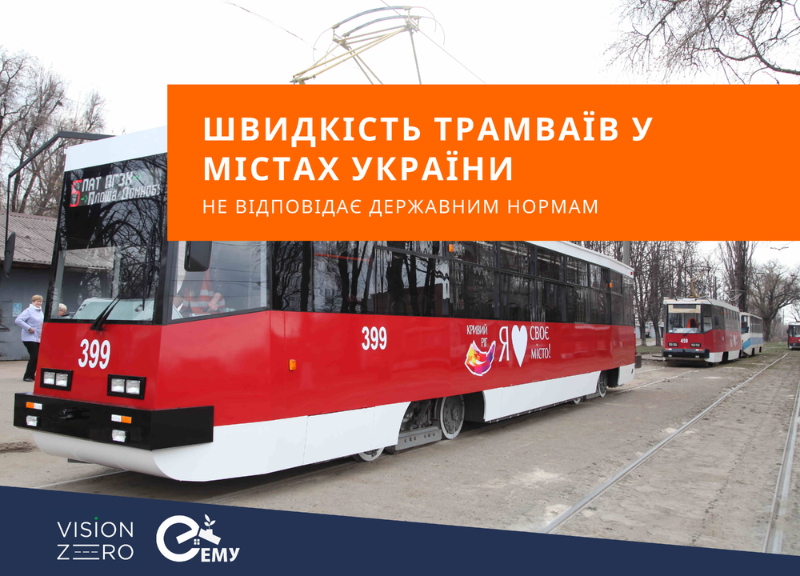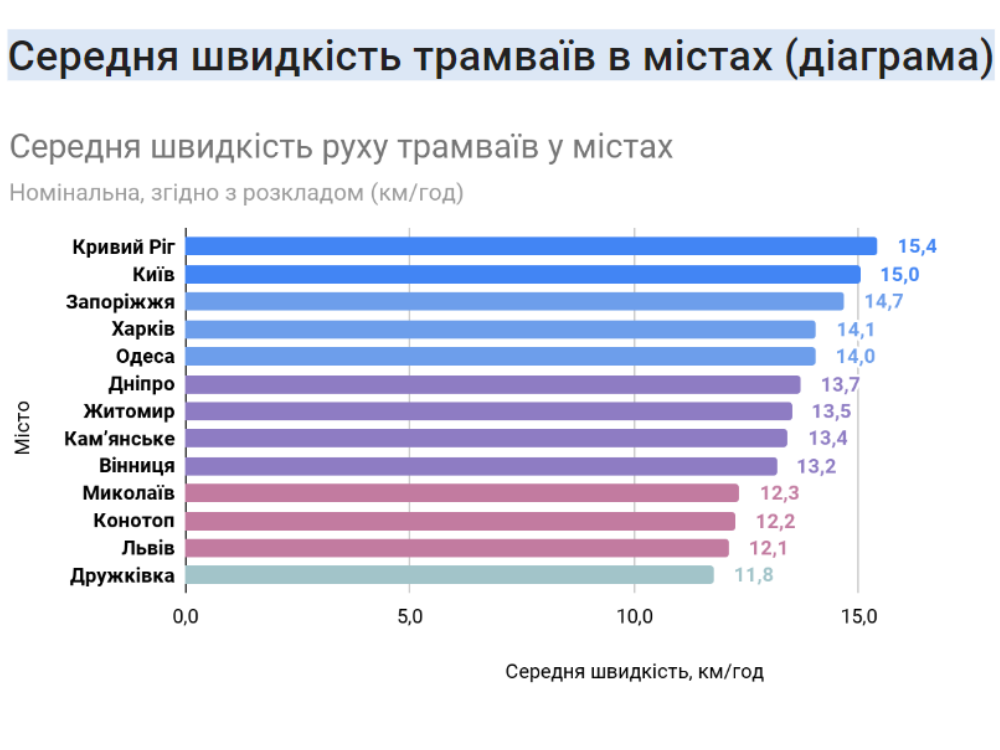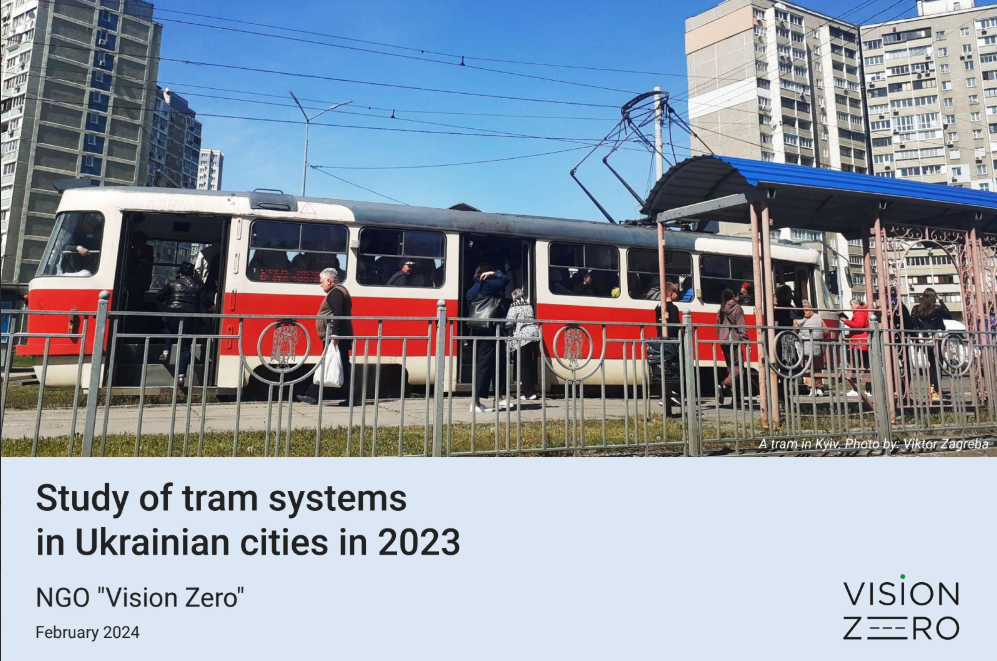
On 07/25/2024, the non-governmental organization "Vision Zero" organized a round table on the topic "Electric public transport: from survival to strategic growth", which was held in Ivano-Frankivsk. Its purpose was to demonstrate the implementation of the activity of the public organization during 2023-2024 and future plans for further advocacy of the field of public transport, in particular electric.
This event was also attended by individual representatives of local self-government bodies, who are customers of transportation and heads of utility companies-carriers.
During the round table, the participants discussed the experience and mode of operation of city public transport in the conditions of a full-scale war. In addition, there was a discussion about what are the obstacles, prospects and changes in the industry. For example, with regard to the final legislative regulation on the use of used buses that were provided to cities from European countries in the form of humanitarian aid, the final approval of the draft law that will allow switching to payment for the transport work of buses.
However, the most common problem is the personnel crisis of virtually all types of workers: drivers of buses, trolleybuses, trams, as well as other personnel who ensure its proper work. One of the components of the solution is:
- immediate settlement of the reservation process from the mobilization of workers of such critical infrastructure;
- speeding up the training procedure for category D;
- the possibility of training and employment of drivers from the age of 18.
At the end of the round table, during a moderated discussion, joint measures for this were determined, in particular, clear communication with the Ministry of Infrastructure.
Among other things, the analytical and recommendation documents developed by the team of the NGO "Vision Zero" will be useful for this, which can be found at the following links:
- The Public Service Obligation (PSO) model is part of Ukraine's European integration;
- Save public transport. 10 actions to change public policy.

